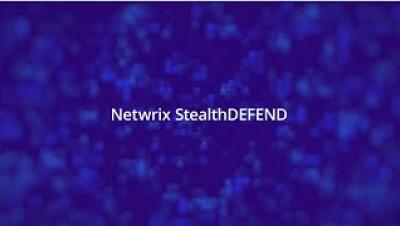Security | Threat Detection | Cyberattacks | DevSecOps | Compliance
Netwrix
Privilege Escalation with DCShadow
DCShadow is a feature in the open-source tool mimikatz. In another blog post, we cover without detection once they’ve obtained admin credentials. But DCShadow can also enable an attacker to elevate their privileges. How can a Domain Admin elevate their access even higher? By obtaining admin rights in other forests. Leveraging SID History, an attacker can add administrative SIDs to their user account and obtain admin level rights in other trusted domains and forests.
Overpass-the-Hash Attack: Principles and Detection
The overpass-the-hash attack is a combination of two other attacks: pass-the-hash and pass-the-ticket. All three techniques fall under the Mitre category “Exploitation of remote services.” In an overpass-the-hash attack, an adversary leverages the NTLM hash of a user account to obtain a Kerberos ticket that can be used to access network resources.
Stealing User Passwords with Mimikatz DCSync
Mimikatz provides a variety of ways to , but one of the most alarming is the DCSync command. Using this command, an adversary can simulate the behavior of a domain controller and ask other domain controllers to replicate information — including user password data. In fact, attackers can get any account’s NTLM password hash or even its plaintext password, including the password of the KRBTGT account, which enables them to create Golden Tickets.
Using Active Directory's AdminCount Attribute to Find Privileged Accounts
Active Directory accounts with elevated privileges pose a serious security risk: They are a top target for attackers because they provide administrative access to systems and data, and they can also be misused by their owners, either deliberately or accidentally. Therefore, it’s critical for IT teams to keep close track of accounts with elevated permissions.
DoD Cybersecurity Requirements: Tips for Compliance
The IT systems and data of the Department of Defense (DoD) and its network of contractors are a matter of national security. Accordingly, the DoD maintains cybersecurity requirements that organizations must meet in order to be an approved vendor for the DoD. This article provides an overview of the most pertinent documents that inform the DoD’s cybersecurity expectations for defense industrial base (DIB) organizations, a review of useful frameworks, and tips for implementing DoD requirements.
How to Detect Pass-the-Ticket Attacks
In our first post of the series, we looked at ways to detect pass-the-hash attacks, which exploit NTLM authentication within an Active Directory domain. Pass-the-ticket is a related attack that which leverages Kerberos authentication to perform lateral movement. In this post, we will dive into how the pass-the-ticket attack works and what you can do to detect it.
Manipulating User Passwords with Mimikatz
Using the ChangeNTLM and SetNTLM commands in Mimikatz, attackers can manipulate user passwords and escalate their privileges in Active Directory. Let’s take a look at these commands and what they do.
Top 18 CIS Critical Security Controls for Cyber Defense
With the cost of a data breach at an all-time high of $4.35 million and regulations worldwide imposing steeper penalties for compliance failures, organizations must ensure that they have all necessary security controls in place to keep their data safe. Implementing the CIS Controls provides a sound foundation for effective defense against cyber threats First developed in 2008, the CIS Controls are updated periodically in response to the evolution of both technologies and the threat landscape.
Passwordless Authentication with Windows Hello for Business
Passwords are everywhere — and nobody likes them. For users, they are a pain to remember and manage. For businesses, they continue to be a primary source of data breaches, both on premises and in the cloud. In fact, the 2022 Verizon DBIR reports that credential theft was involved in nearly half of all cyberattacks, including third-party breaches, phishing attacks and basic web application attacks.




